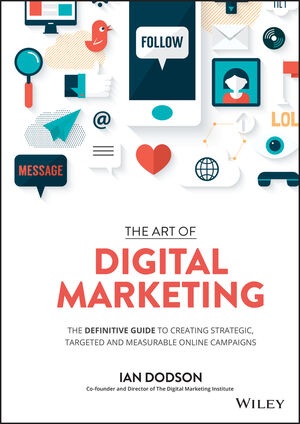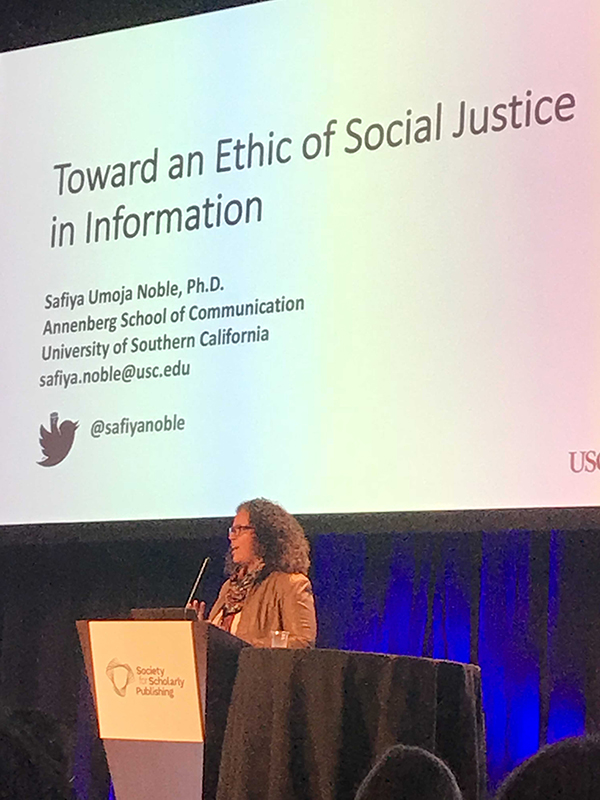4-tips-for-marketing-your-digital-library
August 14, 2019
By Google’s definition a library is “a building or room containing collections of books, periodicals, and sometimes films and recorded music for use or borrowing by the public or the members of an institution.”
In a way, that’s a pretty accurate reflection of the first thoughts most people have of a library. They think brick and mortar, endless rows of books, and-in some cases-, the overdue fines tucked away from years ago.
This impression of a library is surprisingly lasting, considering that we now live in a world where many things have gone digital. How should libraries promote an information service that cannot be physically seen, held, or even entered in the digital age that we live in today?
1. Your marketing plan should reflect the library’s mission
The library should support the mission of the institution, and your marketing plan needs to reflect that. Before you craft a plan, make sure that your marketing goals echo the missions and vision of your library. Your plan should also acknowledge diversity and take into consideration the various needs and learning stages of your users.
When crafting your marketing plan, make sure that it is an all-staff activity. Everyone in the library team should feel comfortable promoting the services of the library in a positive and professional manner. Additional training may be necessary to help the team communicate the message of the library more effectively.
2. Make a list of things that will make users successful library consumers
What are the resources or services that library users should know to become successful in their work or learning journey? Think about what’s important to your library users. Make a list of things that they should know about the digital library when crafting your marketing plan.
Example:
I work in a medical school and my students love study aids and practice questions. So I make sure to include plans to market resources that will help students prepare for their examinations and tools they can use to test their knowledge.
3. Cultivating users to be library champions
According to a Nielsen report in 2014, 92% of consumers trust recommendations from friends and family above all forms of advertising. This can sometimes be the case in the library, where users hear about resources from either their friends or professors first.
It can be difficult for librarians to be everywhere all the time. By leveraging the sharing capabilities of social media, users can ask questions and share answers quickly with their peers. Library users have a better experience when comments, both positive and negative, are handled swiftly and professionally. Avoiding the use of library jargon also enhances a user’s overall experience.
4. Study the behaviors of users to measure success
Surveys are helpful when measuring the sentiments of library users and success of library programs. However, overdoing it can cause feedback fatigue and affect response rates in the long run.
One way to measure the success of your marketing programs is to study COUNTER reports to observe changes in usage behaviors after promotional activities. Other statistics, such as the number of new library users and social media engagement rates can be measurements of success too.
If you don’t see measurable impact from your activities, review the messaging of your promotions. Asking for direct feedback from a library champion might help you understand the reason behind the lack of response.
For more tips, watch the full webinar here.
Stay updated with more stories like this. Subscribe to our newsletter to receive the latest library news and updates now.










